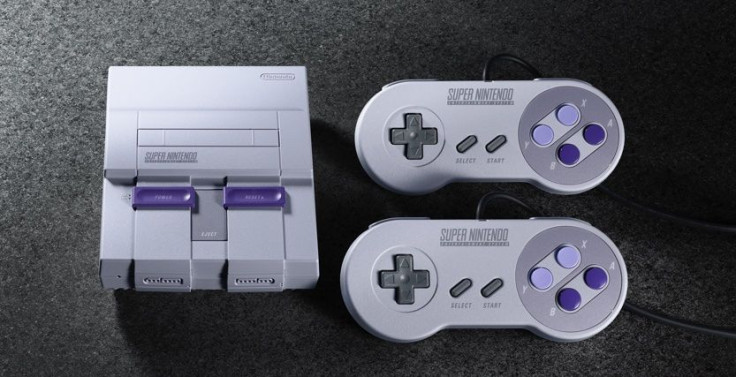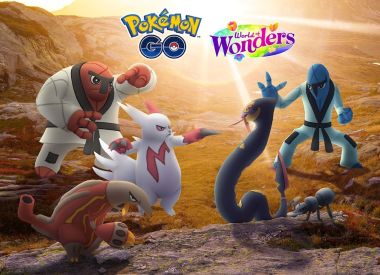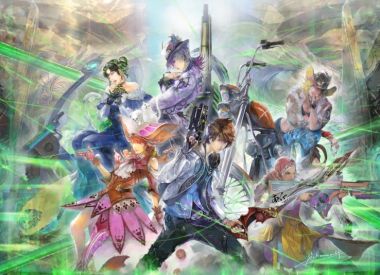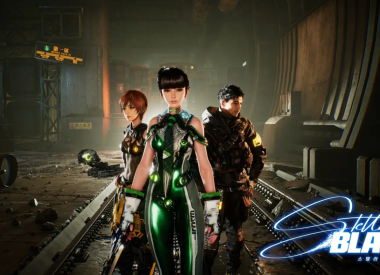Nintendo Switch, New 3DS, NES Classic, SNES Classic — good luck buying one (okay, you could probably, finally, get a Switch easily enough). Nintendo products are so consistently tough to buy that it’s widely theorized the company intentionally pursues an artificial scarcity strategy: increasing demand by decreasing supply. The accusation has been made so frequently that a backlash to the claim has emerged, with outlets like Forbes declaring Nintendo’s artificial scarcity strategy a “myth.” But a look back at Nintendo’s history provides ample evidence of the company manipulating market hype by withholding hardware and software.
Nintendo has repeatedly denied any intentional effort on their part to increase hype with limited supply. Ars Technica documents several such statements, including from Nintendo of America CEO Reggie Fils-Aime, who said in 2007, when the Nintendo Wii was their impossible-to-buy console, “There is no secret plan to store Wiis in a warehouse to spur demand.”
“It’s definitely not intentional in terms of shorting the market,” Nintendo Senior Director of Corporate Communications Charlie Scibetta told Ars Technica in relation to the Switch release. “We’re making it as fast as we can.”
In the case of the Switch, it seems likely that Nintendo is telling the truth. As Paul Tassi of Forbes points out, Nintendo used expensive air shipping to bolster Switch availability, increasing their own costs per unit by about $45 — an expense directly at odds with any sort of artificial scarcity strategy.
But while the scarcity of New 3DS and Nintendo Switch units can probably be explained by a combination of hardware production limitations and record-shattering demand, it’s harder to make the same argument for the SNES Classic.
"We try to do the best we can with forecasting and anticipating demand, and to put a plan in place," Nintendo of America Senior Vice President Doug Bowser (nominative determinism confirmed) told Business Insider. Considering Nintendo dealt with the exact same hype surrounding the NES Classic, poor forecasting isn’t a very convincing explanation this time around.
What we see, from the Wii to the SNES Classic is a recurring supply problem that redounds to Nintendo’s benefit, generating headlines and hype with each new release. Even absent intentional scarcity, the repetitive supply pinch at least suggests Nintendo sees no real reason to remedy their supply issues. Or, as Polygon puts it, Nintendo’s practices are “either underhanded or incompetent, there is no third option.”
A 1994 history of Nintendo, Game Over: How Nintendo Conquered the World by David Sheff, illuminates how the company used artificial scarcity in the NES era, emulating the Disney Vault strategy to keep tight control over both the demand for and perception of Nintendo products.
Peter Main, Disney’s EVP of Sales & Marketing from 1987 to 2002, pioneered the strategy, calling it “inventory management.” Nintendo products would be “released cautiously, rationed so that demand outpaced availability, and then withdrawn from circulation as soon as interest began to wane.”
Originally, Nintendo feared flooding the market, which they believed explained the collapse of Atari and its bestselling system, the 2600, earlier in the decade. “So far the strategy looks like a winner,” Fortune wrote in 1988.
But by the time Dr. Mario came out in 1990, Nintendo owned 20 percent of the U.S. toy market (22 percent of Toys ‘R’ Us profits came from Nintendo sales). In 2017, it’s hard to imagine any one player dominating their industry quite like Nintendo did in the late 80s.
“Nintendo has become a name like Disney or McDonald’s. They’ve done it by doling out games like Godiva chocolates,” an unnamed toy-industry trade journal editor says in Game Over.
Tight control over supply was an essential ingredient in their success during the 80s. Nintendo kept more than half of its library of games inactive and intentionally left retailer orders unfilled. In 1988, Nintendo sold 33 million game cartridges, even as industry projections showed they could have sold 45 million.
None of which is to say that Nintendo sticks with that same strategy today, particularly since they no longer have the market dominance to manipulate retailers like they once did. Instead, Nintendo’s history of artificial scarcity tactics rebuts any effort to hand-wave away the accusation as conspiratorial, absurd or a myth. (And we haven’t even mentioned Amiibos.)
So why would Nintendo pursue release strategies that, intentionally or not, leave consumers frustrated and forego thousands of additional unit sales?
Nintendo’s digital pricing offers one possible explanation. In a Q&A with investors, Nintendo President Satoru Iwata explained why the company would continue pricing digital games the same as packaged releases to retailers, unlike the rest of the industry.
“We decided that, since the contents are the same, the company would offer the software at the same price, be it the packaged version or the digital version," Iwata said. “This is because we want consumers to value software as highly as possible and because we have been trying to heighten the value of our software whenever we produce it.”
Rather than set a price point designed to maximize sales, Nintendo does what it always does: pursues the strategy that most maintains the value of their brand.
- Great mix of games
- Affordable and Compact
- 2 Controllers
- Longer Wires
- No way to get to home menu without getting up



















